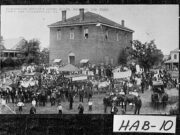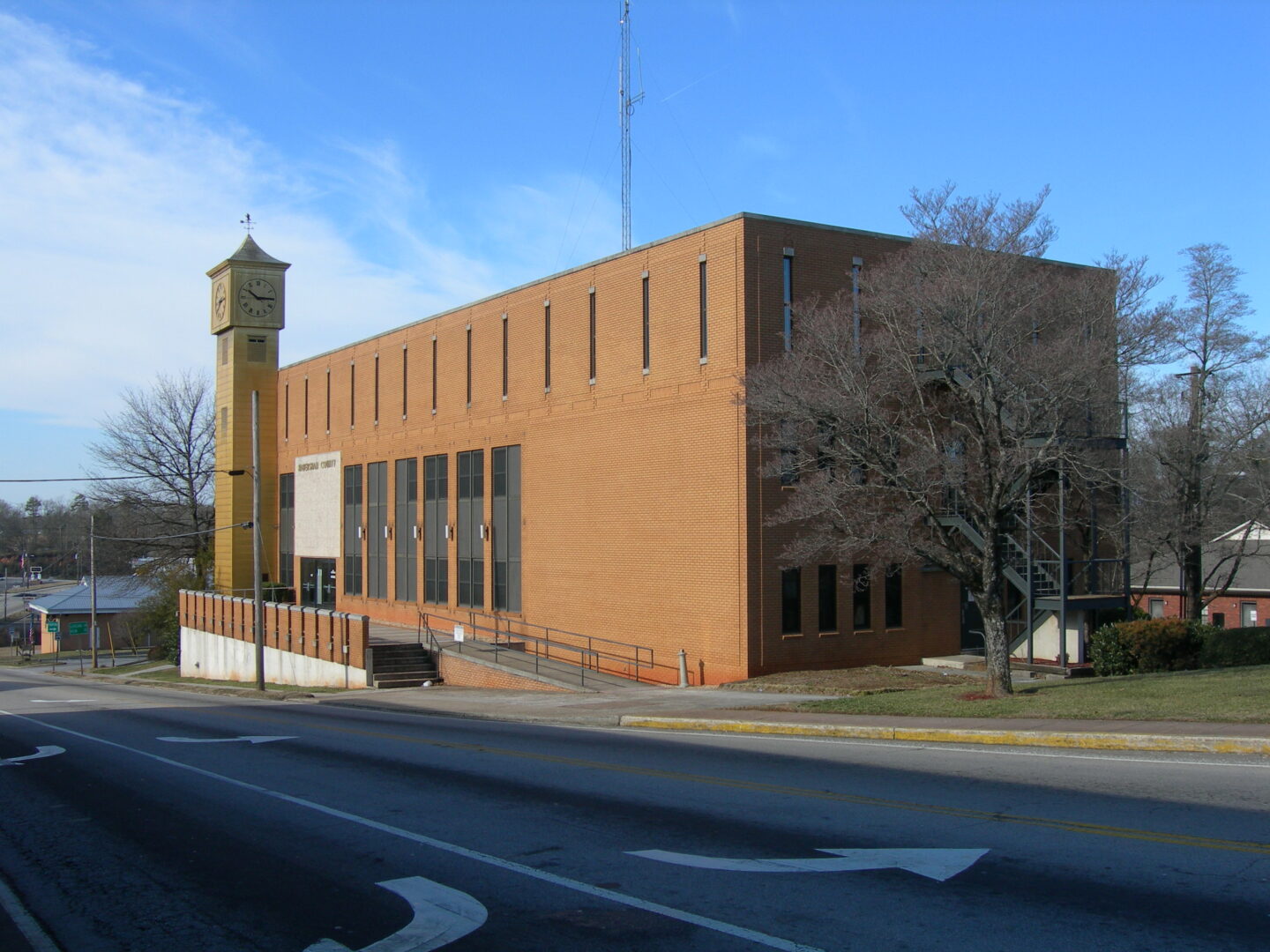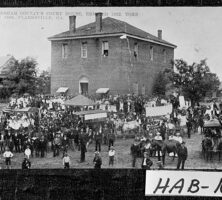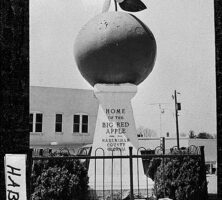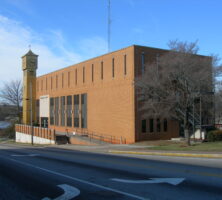Habersham County, in the foothills of the Blue Ridge Mountains of northeast Georgia, is the state’s forty-sixth county. Created in 1818 from land formerly held by Cherokee Indians, it was named after Joseph Habersham, an army officer during the Revolutionary War (1775-83) and a U.S. postmaster general.
Habersham County was enlarged in 1828 and 1829 when more Cherokee lands were claimed. At one time it encompassed 713 square miles, but through the years parts of it were taken to help form Banks, Cherokee, Lumpkin, Rabun, Stephens, and White counties, decreasing Habersham County to 278 square miles.
The first white inhabitants, enticed by free land distributions, came after the Indian cessions of 1818 and 1819. They settled along the banks of the county’s four major rivers, the Chattahoochee, Soque, Tallulah, and Tugaloo. The white population increased slowly until gold was discovered in northeast Georgia; the ensuing gold rush brought sudden growth, eventually resulting in the removal of the Cherokees from the area in 1838. Soon thereafter wealthy planters and enslavers established themselves in parts of the county that have since been annexed by other counties.
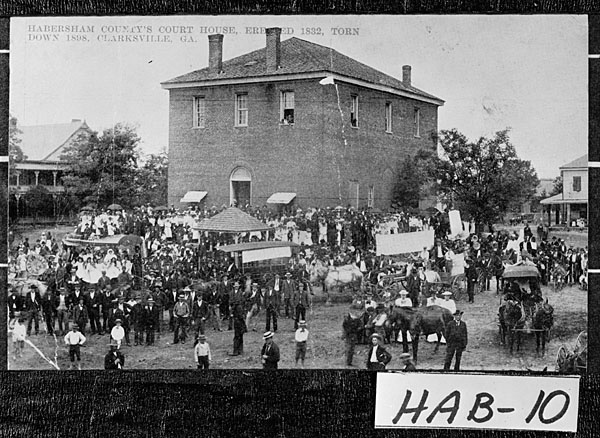
Early industries included leather tanning, iron mining, and the processing and mining of such other minerals as asbestos, cynanite, and tourmaline. During the Civil War (1861-65) the Habersham Iron Works and Manufacturing Company produced arms for the Confederacy.
Nearly 1,000 men from Habersham fought for the Confederacy. On October 12, 1864, Confederate troops defeated Union troops at the Battle of Narrows (also called the Battle of Currahee), which was fought at a mountain pass in the county. The Confederate victory is said to have saved Habersham County from pillage by the Union troops.
Between 1870 and 1900 the county’s economy was enhanced by the arrival of railroads, the planting of apple orchards and vineyards, and the founding of Piedmont College (now Piedmont University). When rail travel through the Blue Ridge brought tourists to the Tallulah Gorge beginning in 1882, Habersham County shared an economic boost with neighboring Rabun County. Immigrants from Europe (primarily from Germany and Switzerland) arrived in the 1880s to plant vineyards and establish wineries, but the state of Georgia adopted a strict prohibition law before their labor could yield profits, and many of them returned to Europe.

Clarkesville was incorporated as a village and designated the county seat in 1823. The current courthouse, the fourth, was built in 1963. During the nineteenth century Clarkesville, with its temperate summers, attracted well-to-do families hoping to escape the heat of south Georgia. For a time there were county residents who strongly wished to relocate the county seat to Toccoa (then in Habersham County), leading to such a feud that when the Clarkesville courthouse was blown up in 1898, those advocating the move to Toccoa were blamed. The feud was ultimately resolved by the creation of Stephens County in 1905 with Toccoa as its seat.
Other incorporated communities in the county are Alto, Baldwin, Cornelia, Demorest, Mount Airy, and Tallulah Falls. In the 1870s the high point (the “altus”) of the railroad line through the area was located at Alto, and the town took its name from this railroad term. There the Northeastern Railroad connected the Richmond-Danville Air Line Railroad. Baldwin was incorporated in 1896, taking its name from Joseph A. Baldwin, an Atlanta-Charlotte Air Line Railroad official. Demorest was founded in 1889 as a planned community advocating temperance. Its original settlers were from the Midwest and New England, and the town’s architecture reflects their influence.

Notable agricultural products from this county are apples and poultry. The county has capitalized on the market for second homes by encouraging such development and marketing Habersham to retirees. Homesites along the shores of Lake Russell and many other smaller lakes have increased the property tax base, resulting in a solid financial status for the county.
Several museums are located in Habersham County: the Cornelia Railroad Depot Museum; the Johnny Mize Museum; the Loudermilk Boarding House Museum, which is listed on the National Register of Historic Places and home to the Panoramic Encyclopedia of Everything Elvis; the Mauldin House Visitors Center; the Habersham County Historical Society; and the Regional African American Museum. The 100-acre Lake Russell, which is part of the Chattahoochee National Forest, and Panther Creek Park and Falls are popular sites for outdoor activities. Notable former residents include baseball player Johnny Mize.
The county is home to two institutions of higher learning. Piedmont College is located in Demorest, and North Georgia Technical College is located in Clarkesville.
According to the 2020 U.S. census, the population of Habersham County is 46,031, an increase from the 2010 population of 43,401.


